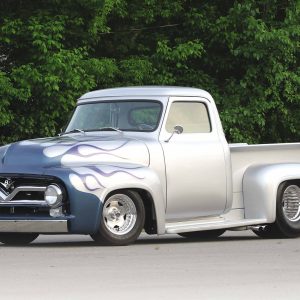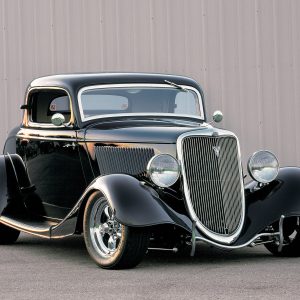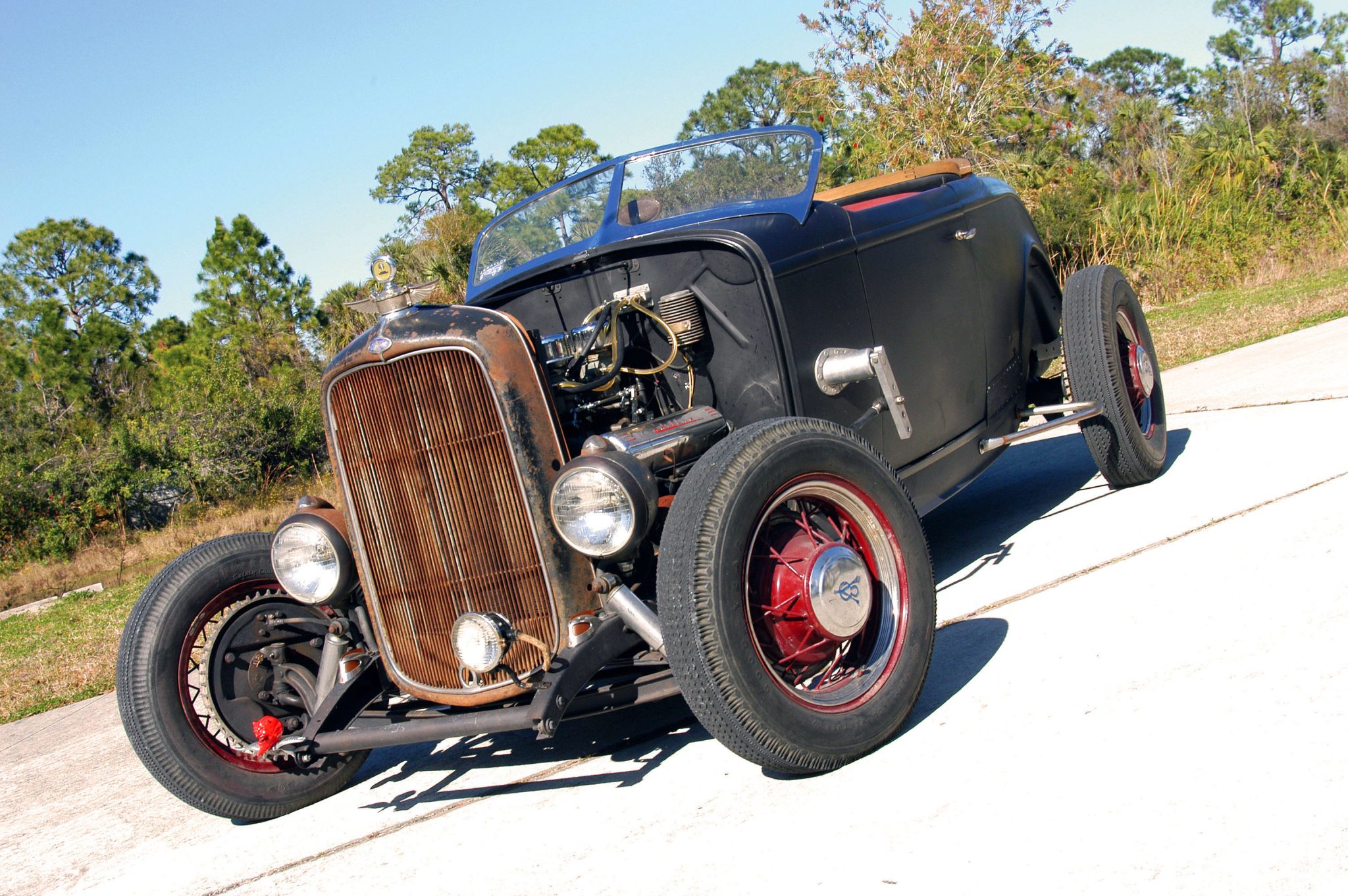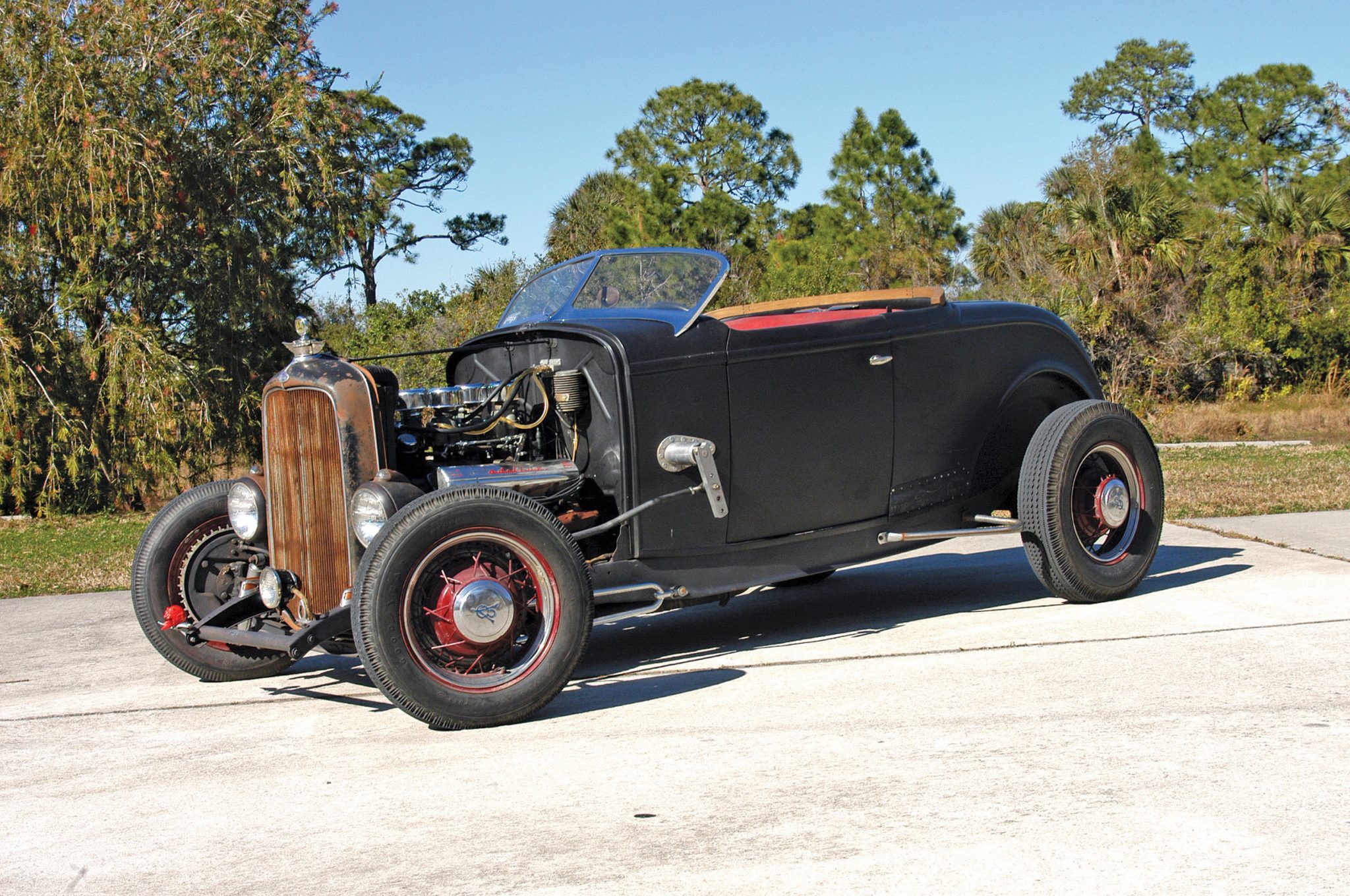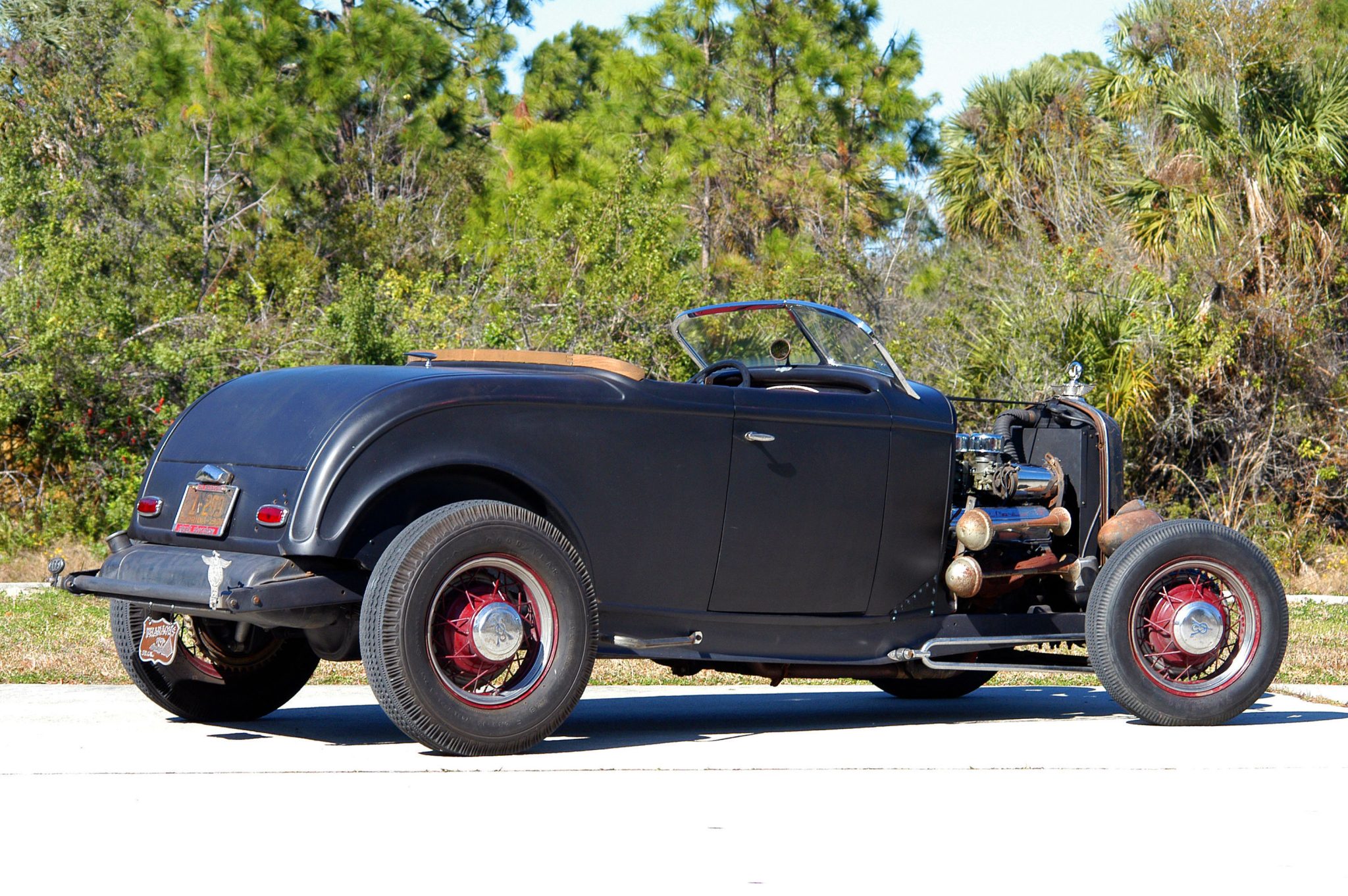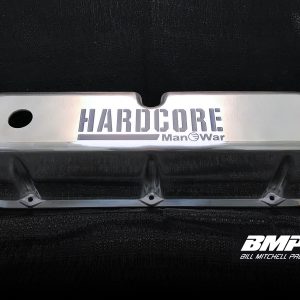
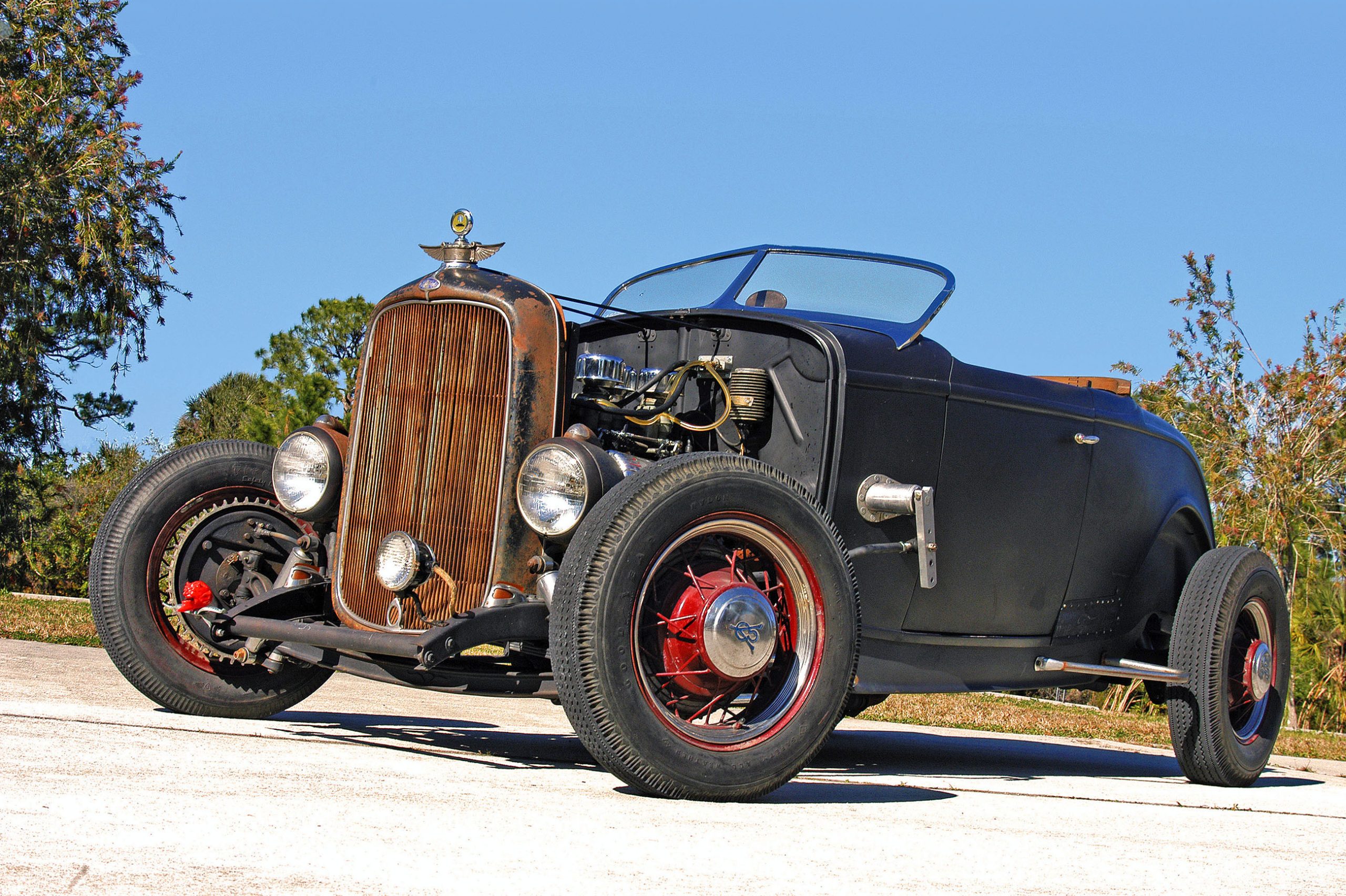

THE AUTO BUILDER
Featured
- All Post
- 20 High Priority - SR Super Rod
- Builds
- 25 High Priority - FB Ford Builder
- Cars
- 30 High Priority - AR American Rodder
- 01 Post Status
- 35 High Priority - RD Rodders Digest
- 40 High Priority - OTR On the Road
- 45 High Priority - SRB Street Rod Builder
- 50 High Priority - TB Truck Builder
- 55 High Priority - BSCENE Buckaroo Scene
- 60 High Priority - FPB Family Power Boat
- Trucks
- Swaps
- Performance Boats
- _000 Home Sliders
- Builders
- 00 Sidebars
- Manufacturers
- 05 High Priority - HCI Hot Compact Imports
- 05 Publications
- 10 High Priority - CR Chevy Rumble
- Back
- Chassis
- Engine
- Fuel System
- Electrical
- Exhaust
- Transmission / Drivetrain
- Suspension
- Steering
- Brakes
- Wheels and Tires
- Interior
- Exterior
- Accessories
- Power Adders
- Back
- Chassis
- Engine
- Fuel System
- Electrical
- Exhaust
- Transmission / Drivetrain
- Suspension
- Steering
- Brakes
- Wheels and Tires
- Interior
- Exterior
- Accessories
- Power Adders
- Back
- Chassis
- Engine
- Electrical
- Exhaust
- Fuel System
- Transmission / Drivetrain
- Suspension
- Steering
- Brakes
- Wheels and Tires
- Interior
- Exterior
- Accessories
- Power Adders
- Back
- Chassis
- Engine
- Electrical
- Exhaust
- Fuel System
- Transmission / Drivetrain
- Suspension
- Steering
- Brakes
- Wheels and Tires
- Interior
- Exterior
- Accessories
- Power Adders
- Back
- Chassis
- Engine
- Fuel System
- Electrical
- Exhaust
- Transmission / Drivetrain
- Suspension
- Steering
- Brakes
- Wheels and Tires
- Interior
- Exterior
- Accessories
- Power Adders
- Back
- Chassis
- Engine
- Fuel System
- Electrical
- Exhaust
- Transmission / Drivetrain
- Suspension
- Steering
- Brakes
- Wheels and Tires
- Interior
- Exterior
- Accessories
- Power Adders
- Back
- Chassis
- Engine
- Fuel System
- Electrical
- Exhaust
- Transmission / Drivetrain
- Suspension
- Steering
- Brakes
- Wheels and Tires
- Interior
- Exterior
- Accessories
- Power Adders
- Back
- Engine
- Fuel System
- Electrical
- Outdrives
- Steering
- Interior
- Accessories
- Power Adders
- Exterior and Hull
- Back
- Chassis
- Engine
- Electrical
- Exhaust
- Fuel System
- Transmission / Drivetrain
- Suspension
- Steering
- Brakes
- Wheels and Tires
- Interior
- Exterior
- Accessories
- Power Adders
- Back
- Chevrolet
- Cadillac
- Pontiac
- AMC
- Buick
- Jeep
- Lincoln
- Ford
- Honda
- GMC
- BMW
- Mitsubishi
- Dodge
- Nissan
- Chrysler
- Subaru
- Toyota
- Plymouth
- Mercury
- Volvo
- Volkswagen
- Oldsmobile
- Acura
- Back
- 05 Pub HCI Hot Compact Imports
- 15 Pub 4x4 4x4 Builder
- 20 Pub SR Super Rod
- 25 Pub FB Ford Builder
- 30 Pub AR American Rodder
- 35 Pub RD Rodders Digest
- 40 Pub OTR On the Road
- 55 Pub BSCENE Buckaroo Scene
- 10 Pub CR Chevy Rumble
- 50 Pub TB Truck Builder
- 60 Pub FPB Family Power Boat
- 45 Pub SRB Street Rod Builder
- Back
- Chip Foose
- Ring Brothers
- Jack Fuller
- Bob Cullipher
- Jerry Nichols
- Bobby Alloway
- Jesse James
- Carl Casper
- J.F. Launier
- Steve Sellers
- Boyd Coddington
- Rad Rides by Troy
- Cal Auto Creations
- George Barris
- West Coast Customs
- Back
- Street Rods
- Hot Rods
- Late Model
- Drag Race
- Handling
- Compact Cars
- Chassis
- Engine
- Fuel System
- Electrical
- Exhaust
- Transmission / Drivetrain
- Suspension
- Steering
- Brakes
- Wheels and Tires
- Interior
- Exterior
- Accessories
- Power Adders
- Chassis
- Engine
- Fuel System
- Electrical
- Exhaust
- Transmission / Drivetrain
- Suspension
- Steering
- Brakes
- Wheels and Tires
- Interior
- Exterior
- Accessories
- Power Adders
- Chassis
- Engine
- Electrical
- Exhaust
- Fuel System
- Transmission / Drivetrain
- Suspension
- Steering
- Brakes
- Wheels and Tires
- Interior
- Exterior
- Accessories
- Power Adders
- Chassis
- Engine
- Electrical
- Exhaust
- Fuel System
- Transmission / Drivetrain
- Suspension
- Steering
- Brakes
- Wheels and Tires
- Interior
- Exterior
- Accessories
- Power Adders
- Chassis
- Engine
- Electrical
- Exhaust
- Fuel System
- Transmission / Drivetrain
- Suspension
- Steering
- Brakes
- Wheels and Tires
- Interior
- Exterior
- Accessories
- Power Adders
- Chassis
- Engine
- Fuel System
- Electrical
- Exhaust
- Transmission / Drivetrain
- Suspension
- Steering
- Brakes
- Wheels and Tires
- Interior
- Exterior
- Accessories
- Power Adders
- Back
- 05 Post Imported
- 20 Post Missing Images (All)
- 25 Post Missing Images (Partial)
- 15 Post In Progress
- 30 Post Internal Review
- 40 Post On Hold
- 50 Post Approved
- 10 Post Images Imported
- 17 Post Missing TXT Files
- 18 Post Missing PDF Files
- 27 Post Missing Content
- Back
- Chassis
- Engine Swaps
- Interior Swaps
- Driveline
- Back
- Street Trucks
- OffRoad Trucks
- Chassis
- Engine
- Fuel System
- Electrical
- Exhaust
- Transmission / Drivetrain
- Suspension
- Steering
- Brakes
- Wheels and Tires
- Interior
- Exterior
- Accessories
- Power Adders
- Chassis
- Engine
- Fuel System
- Electrical
- Exhaust
- Transmission / Drivetrain
- Suspension
- Steering
- Brakes
- Wheels and Tires
- Interior
- Exterior
- Accessories
- Power Adders
- Back
- 01 Sidebar Left
- 01 Sidebar Right
Spotlighter
POPULAR READS
Barn Fresh
This Vintage Roadster is Literally Fresh From the Barn
Author

Gerry Burger
Story & Photography
The Ultimate Barn Find
We all long for that great find on that special day that occurs after years of searching, when finally the barn doors swing open, and dusty rays of sunlight illuminate an old car. As your eyes adjust to the light, you start to make out the silhouette of an old hot rod, an old hot rod roadster to be exact. Your pulse quickens as the 15-year journey of chasing down leads is now all worthwhile. You’ve done it; you’ve finally found a vintage Deuce roadster sitting under layers of dust, just waiting to be resurrected by you. The large man in the pinstripe coveralls smiles and says he’d be willing to sell it for the right price, making the dream complete.
A Hot Rodder’s Journey: Gary Moore
Gary Moore is a longtime hot rodder who has chased down more leads on early hot rods than any 10 average hot rodders, and because of that he tends to keep finding some pretty great stuff. He’s pulled more than his fair share of old hot rods out of barns, but this car isn’t one of them. Actually, as the title implies, this car is truly and quite literally barn fresh. You see, the car was built just a few years ago by James Wolk of Leavenworth, Kansas (the town, not the prison), after some 10 years of scrounging parts from swap meets, buddies’ garages, eBay, and yes, even a barn or two.
Masterful Details for Authenticity
This is a great car due to the attention to detail that makes it look like a vintage hot rod that spent 40-plus years in a barn. Everything from the non-vinyl electrical tape (sometimes referred to as friction tape or cloth tape) to the aged heater hose dates this car to the ’50s, with plenty of downtime in between. It is a masterfully built, great hot rod with vintage parts that all wear the perfect patina to pull off the masquerade. Is that dust from El Mirage or some farmer’s barn in Nebraska? We’re not sure ourselves when we look at it.
Reproduction Meets Vintage
Bullet holes in the rear taillight panel hint that the car may have spent some time in a field before being hot rodded, and vintage signs used for floorboards were not unusual for the day although these signs are in pretty nice condition. The patch panels are neatly cut and attached with sheetmetal screws, which at first glance would lead you to believe that the owner probably didn’t have welding equipment. Then again, welding sheetmetal patch panels to a glass body is tricky business. Yes, folks, this is a reproduction fiberglass body, but read on—the rest of this car is pure vintage hot rod.
Building the Chassis: A Labor of Love
James Wolk built the chassis, beginning with a genuine ’32 Ford frame. The frame was boxed, and custom crossmembers were added to stiffen the frame. A Maverick 8-inch rear was mounted with a transverse buggy spring and a pair of tube shocks by Monroe. Up front, a dropped I-beam axle from Magnum is combined with a Posies reverse eye spring to provide a proper hot rod stance. Adding genuine vintage flavor to the car is a Schroeder steering gear protruding through the cowl of the car.
Vintage and Modern Fusion
Now, if all of these parts sound awfully new and somewhat 1-800, you’d be correct. The chassis is basically a state-of-the-art traditional unit that employs quality parts from street rod vendors. Making it so unique is the time spent finishing these pieces so that they appear to be 50 years old. Gary Moore added the ’35 Ford wire wheels to the car, and the bias ply tires are period-perfect. The front Firestone tires are 5.25×16 while the rear Goodyears are big 6.50-16s. Slowing the roadster down is up to the finned Buick drum brakes up front and the stock Ford drum brakes out back.
Heart of the Hot Rod: The Engine
Of course, if you’re building a vintage hot rod, the thought of a crate motor just doesn’t seem to work, so a ’58 Cadillac engine and transmission were mounted in the Deuce chassis. Gary Moore added a rare four-two Edelbrock intake along with four vintage Stromberg carbs from Vintage Speed in Vero Beach, Florida. The heads were mildly reworked during the rebuild, but beyond that, the 360ci Caddy remains stock and reliable. A set of Smitty’s steel-packed mufflers was found and installed to muffle the big Caddy motor.
The Unique Barn-Find Story
Okay, you’re not going to believe this one, but it is true. It seems that James Wolk actually found this body in primer in a barn, so while the body is fiberglass, it is still a barn car to some extent. The manufacturer is unknown although it is suspected to be an old Gibbons Fiberglass piece. The body was mounted to the chassis while being careful not to fit the doors perfectly. The ’48 Chevrolet taillights were added after the bullet holes. An original Deuce grille and shell were found and installed in their original patina condition, along with a set of headlights that are just plain old.
The finish on the body is a careful blend of red primer with black primer over the red. The tops of the doors and areas on the body reveals are “worn through” perfectly, letting the red primer bleed through the black topcoat. A Duval-style windshield was mounted to the car, and aluminum teardrop bezels surround the steering gear and bolts on the hairpin radius rods. Studs were installed in the rear wheel wells to give the car the “fenders just left” look. Out back, a reproduction gas tank from Tanks provides clean fuel to the Caddy motor.
Inside the car, James filled the dashboard with a swap meet gauge cluster from a ’32 Studebaker, and a set of modern gauges is located just under the dash so Gary can keep tabs on the engine. Gary added a ’36 Ford ashtray and ghosted the paint to indicate missing speed trial plaques that make the car all the more interesting. The seat is from an old school bus, and the seat belts are military surplus aircraft belts. The steering wheel is a vintage racecar wheel, and the doors are covered in a matching red vinyl. The floors are devoid of carpet, and vintage signs are used to patch the floors.
The attention to detail continues throughout this car. Wolk even harvested vintage cloth-covered wiring to use wherever wires were in view, such as on the firewall. Metal patch panels are screwed in place on the lower quarter panels, and build level is appropriately poor, yet the car is a driver. When Gary Moore brought the car home to Melbourne, Florida, he did some brake work, modified the Pitman arm and tended to some minor details before the car was ready for the road. After owning and driving five other Deuce roadsters, three woodies, a pair of Deuce three-window coupes, two ’34 Ford five-window coupes, one ’32 Chevy convertible, a ’27 Ford roadster pickup and even a ’60 Rambler drag car, Gary reports that this car turns as many heads on cruise nights as any car he has ever owned. It must be because everyone loves an old hot rod with history… even if it’s modern history.





